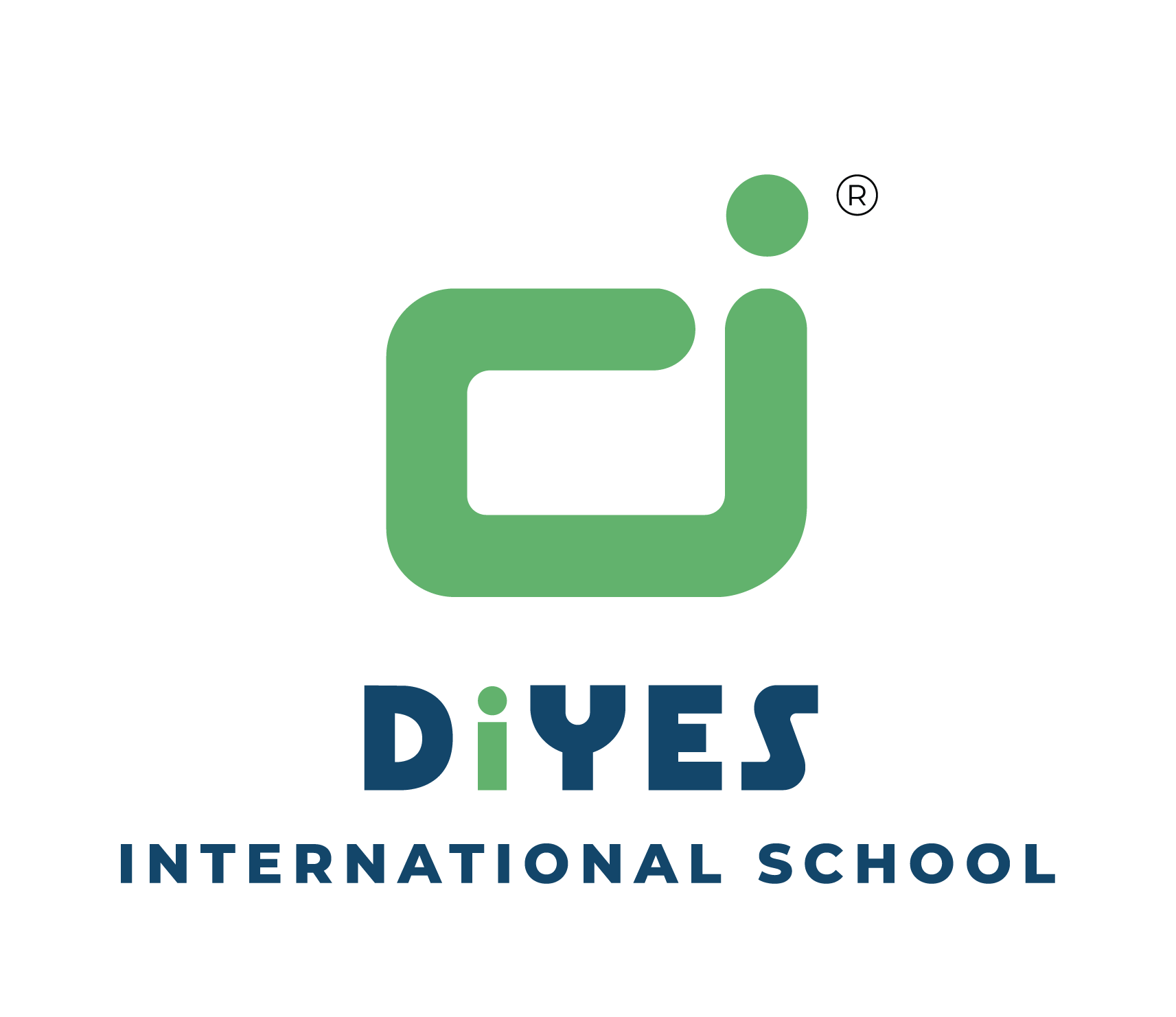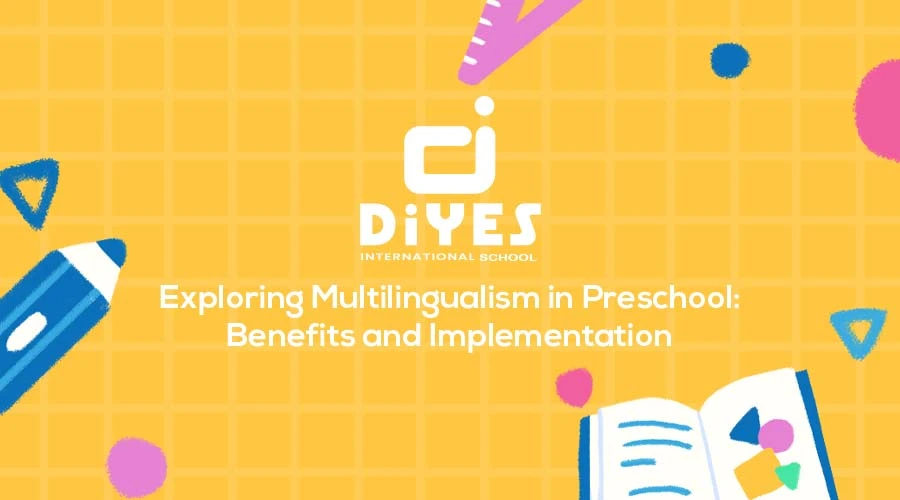Embarking on the educational journey is akin to unfurling a vibrant tapestry, and within its intricate threads lies the profound impact of multilingualism on the early years of childhood. As the world becomes increasingly interconnected, the ability to navigate diverse linguistic landscapes is an invaluable skill that not only enhances communication but also opens doors to a broader understanding of the global community.

In this exploration, we delve into the rich hues of benefits that early multilingual education imparts to preschoolers. Beyond linguistic proficiency, it shapes young minds by honing cognitive prowess, nurturing cultural sensitivity, and nurturing a global mindset. Let’s unravel the language-rich tapestry that lays the foundation for a future generation of language-confident, culturally aware global citizens.
The Cognitive Advantage: Boosting Brain Development in Early Years
The cognitive benefits of multilingualism in preschoolers extend beyond linguistic proficiency. This section explores how exposure to multiple languages enhances cognitive functions, nurtures flexibility in thinking, and lays a robust foundation for future learning.
- Enhanced Executive Functions: Multilingual children often exhibit heightened executive functions, including problem-solving, cognitive flexibility, and working memory. Juggling multiple languages requires constant cognitive processing, resulting in a brain that becomes adept at managing complex tasks.
- Delayed Onset of Cognitive Decline: Studies suggest that multilingual individuals may experience a delayed onset of cognitive decline in later years. The cognitive reserve built through managing multiple languages contributes to sustained cognitive health, offering long-term benefits from early exposure.
- Academic Proficiency: Research indicates that multilingual students tend to outperform their monolingual counterparts in academic areas. The cognitive skills honed through managing multiple languages, such as improved concentration and analytical thinking, contribute to academic success.
Cultural Enrichment: Nurturing Global Awareness and Appreciation
Multilingualism introduces preschoolers to diverse cultures, nurturing an early appreciation for global perspectives. This segment explores how exposure to different languages facilitates cultural enrichment and broadens the horizons of young learners.
- Cultural Sensitivity and Open-mindedness: Learning multiple languages exposes children to diverse cultural norms, values, and traditions. This firsthand exposure nurtures cultural sensitivity, nurturing an open-minded approach to understanding and appreciating differences.
- Global Awareness: In an increasingly interconnected world, multilingualism equips preschoolers with the tools to navigate a global landscape. Understanding different languages promotes a sense of global awareness, laying the groundwork for a future generation of culturally literate individuals.
- Tolerance and Inclusivity: Exposure to various languages encourages tolerance and inclusivity. Children learn to celebrate diversity, creating an inclusive environment where differences are embraced rather than alienated.
Social Benefits: Building Bridges of Communication and Inclusion
The social advantages of multilingualism in preschool extend to enhanced communication skills, increased empathy, and inclusive social dynamics. This section explores how exposure to multiple languages contributes to the development of robust social skills.
- Effective Communication: Multilingual children often develop strong communication skills, as they become adept at expressing themselves in various linguistic contexts. This ability to navigate diverse communication styles enhances their effectiveness in social interactions.
- Empathy and Cultural Competence: Exposure to multiple languages nurtures empathy by encouraging children to understand different linguistic and cultural nuances. This heightened cultural competence contributes to inclusive social environments, where children appreciate and celebrate diversity.
- Teamwork and Collaboration: Multilingual environments promote teamwork and collaboration. Children learn to work together irrespective of linguistic differences, nurturing a sense of unity and collaboration that extends beyond language barriers.
Practical Strategies for Implementing Multilingualism in Preschools
Implementing multilingualism in preschools requires thoughtful planning and strategic approaches. This segment offers practical strategies for educators and parents to create an environment that supports the seamless integration of multiple languages.

- Introduce Language Learning Through Play: Play-based language learning activities make the process enjoyable and interactive. Incorporating games, songs, and storytelling in different languages creates a playful and immersive learning environment.
- Cultivate Language-Rich Classrooms: Enrich the preschool environment with visual aids, labels, and materials in multiple languages. Creating a print-rich atmosphere exposes children to written forms of different languages, reinforcing language acquisition through visual cues.
- Incorporate Native Speakers and Cultural Experiences: Inviting native speakers to interact with preschoolers and incorporating cultural experiences enhances language learning. Exposure to authentic pronunciation and cultural contexts enriches the learning experience.
- Encourage Family Involvement: Collaborate with families to encourage consistent language exposure at home. Providing resources, hosting multilingual family events, and nurturing open communication about language preferences support a holistic approach to multilingualism.
- Establish Language Learning as a Continuous Process: Recognize language learning as an ongoing journey. Create a curriculum that progressively introduces new languages, building on the foundation laid in previous years. This ensures a continuous and comprehensive language-learning experience.
Overcoming Challenges in Multilingual Education
While the benefits of multilingualism are substantial, there can be challenges in its implementation. This section explores common hurdles and offers strategies for overcoming them to ensure a successful multilingual education environment.
- Language Mixing: Children may initially mix languages in their speech, a phenomenon known as “code-switching.” Educators can address this by providing consistent language models and gently correcting language use.
- Resource Availability: In some cases, resources for teaching multiple languages may be limited. Schools can explore partnerships, leverage online resources, and collaborate with the community to enhance language offerings.
- Parental Concerns: Parents might express concerns about potential language confusion. Clear communication about the cognitive benefits of multilingualism and involving parents in the learning process can address these concerns
The Future of Multilingual Education: Adapting to Changing Dynamics
As the landscape of education evolves, so does the realm of multilingualism. This section discusses how adapting to changing dynamics, technological integration, and global collaborations can shape the future of multilingual education in preschools.
- Leveraging Technology: Incorporating technology can enhance language learning. Educational apps, interactive online platforms, and virtual language exchange programs can provide additional resources for multilingual education.
- Global Collaborations: Preschools can engage in global collaborations to expose children to authentic language experiences. Virtual exchanges, cultural exchange programs, and collaborative projects with schools worldwide can broaden linguistic horizons.
- Flexibility in Language Offerings: Staying attuned to the linguistic needs of the community and global trends, preschools should remain flexible in their language offerings. Regularly assessing the effectiveness of language programs ensures their relevance and impact.
Technology Integration in Multilingual Education: Enhancing Learning Experiences
The incorporation of technology into multilingual education amplifies learning experiences for preschoolers. This section explores how leveraging educational technology can provide interactive and engaging platforms to reinforce language acquisition.
- Educational Apps and Games: Specially designed apps and games catered to multilingual learning can make the process enjoyable for children. Interactive activities, quizzes, and storytelling apps can engage reinforce language concepts and vocabulary.
- Virtual Language Exchange Platforms: Virtual language exchange platforms connect preschoolers with peers from different linguistic backgrounds worldwide. This real-time interaction allows children to practice their language skills with native speakers, nurturing cultural exchange and linguistic proficiency.
- Online Storytelling Sessions: Virtual storytelling sessions conducted by native speakers provide an immersive language experience. Preschoolers can listen to stories, engage in discussions, and ask questions, creating a dynamic and interactive language-learning environment.
Parental Engagement: A Vital Component of Multilingual Education Success
Actively involving parents in the multilingual education process significantly contributes to its success. This segment discusses the importance of parental engagement and strategies to ensure a collaborative approach to language learning at home

- Providing Resources for Home Learning: Equipping parents with resources, such as language learning materials and guides, empowers them to support their children’s multilingual journey at home. Regular communication about language activities in school ensures alignment.
- Multilingual Family Events: Organizing family events centred around different languages creates a sense of community. Multilingual storytelling sessions, cultural celebrations, and language workshops provide opportunities for parents to actively participate in their child’s linguistic development.
- Open Communication Channels: Establishing open communication channels between educators and parents nurtures a supportive environment. Regular updates, newsletters, and workshops keep parents informed about the benefits of multilingualism and ways to enhance language exposure at home.
Multilingualism and Inclusive Education: Celebrating Diversity in Learning
Inclusive education goes hand in hand with multilingualism, creating environments where linguistic diversity is celebrated. This section explores how incorporating inclusive practices enhances the overall effectiveness of multilingual education.
- Adapting Teaching Strategies: Inclusive multilingual education involves adapting teaching strategies to accommodate diverse learning styles. Differentiated instruction, flexible assessments, and varied activities ensure that every child can participate and thrive in the multilingual environment.
- Cultural Competence Training: Educators receive training in cultural competence to navigate the diverse linguistic landscape. Understanding and respecting cultural differences ensure that language learning is inclusive, and sensitive, and nurtures an environment of mutual respect.
- Accessible Learning Materials: Providing learning materials in multiple languages and formats ensures accessibility for all children. Visual aids, tactile resources, and inclusive books contribute to a rich and supportive learning environment where every child can engage with linguistic content effectively.
Lifelong Benefits of Early Multilingual Education: A Future-Ready Generation
The advantages of early multilingual education extend far beyond the preschool years, shaping individuals into language-confident and culturally aware global citizens. This segment explores the lifelong benefits that children carry into their academic and professional journeys.
- Academic Proficiency in Multiple Languages: Preschoolers exposed to multilingual education often exhibit proficiency in multiple languages as they progress through their academic journey. This fluency opens doors to diverse academic opportunities and a broader scope of learning.
- Career Advantages: Multilingual individuals possess a valuable skill set sought after in the global job market. Language proficiency, cross-cultural communication skills, and adaptability make multilingual individuals attractive candidates in various professional fields.
- Cultural Literacy and Global Citizenship: Lifelong exposure to multiple languages nurtures cultural literacy and a sense of global citizenship. Individuals who have navigated diverse linguistic landscapes from an early age are more likely to appreciate global perspectives and contribute positively to a multicultural world.
Conclusion: Nurturing Multilingual Minds for a Global Tomorrow
In the symphony of education, multilingualism emerges as a harmonious melody that resonates with the promise of cognitive excellence, cultural appreciation, and social inclusivity. Embracing multiple languages enhances not only the cognitive abilities of young minds but also nurtures a profound understanding of diverse cultures and promotes inclusivity on a global scale.
At DiYES International School, we believe in harnessing the power of multilingual education to shape well-rounded individuals. Our commitment extends beyond academic excellence to nurturing global citizens who are linguistically and culturally adept. By immersing students in a multilingual environment, we provide them with the tools to navigate a world where effective communication and cultural understanding are paramount. Through our holistic approach to education, we aim to empower students to become not only proficient in multiple languages but also compassionate and open-minded individuals.
Explore more about our commitment to a comprehensive education at www.diyesinternational.edu.in or connect with us directly at +91 8547609000.


